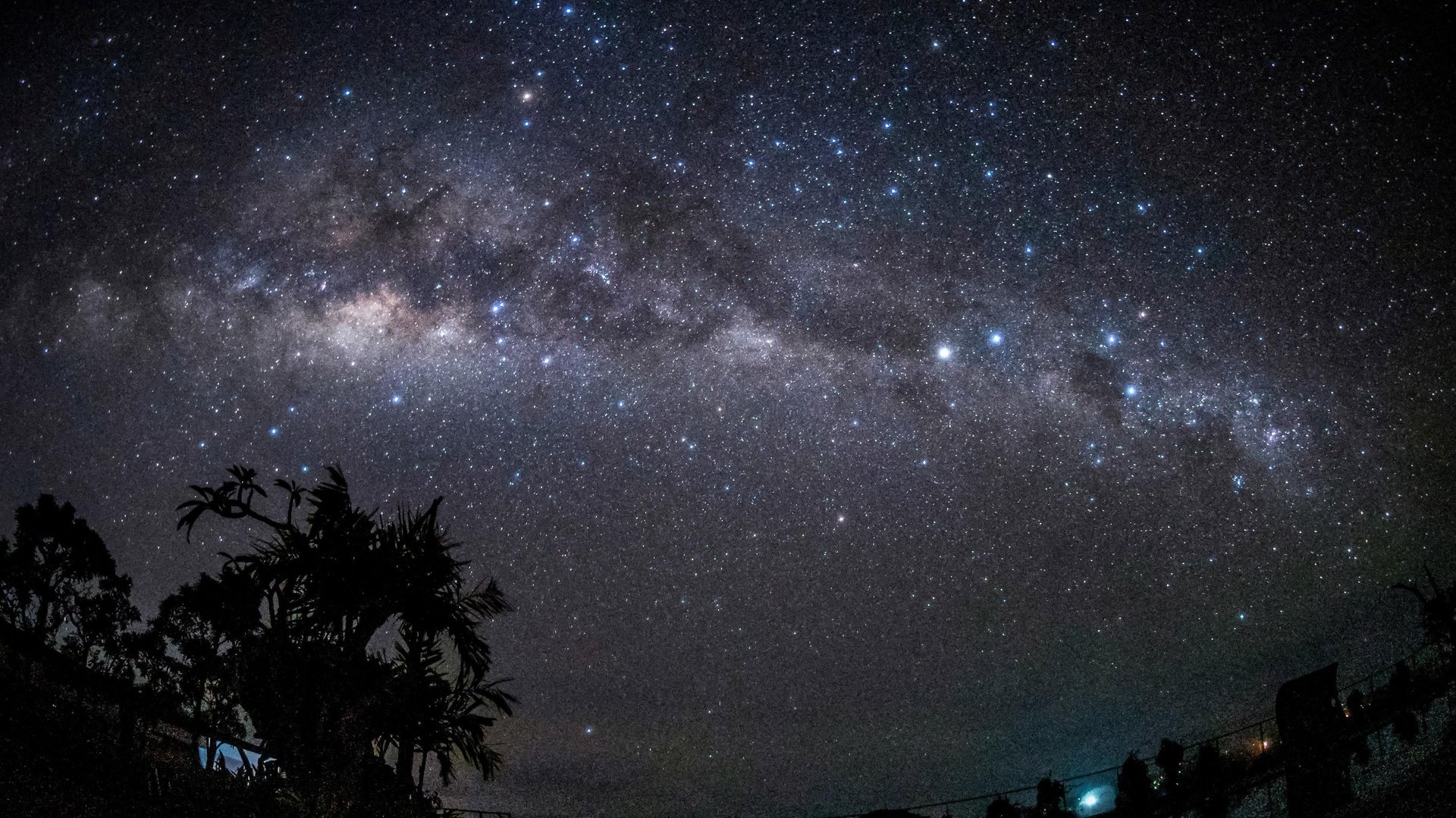Some of the universe's oldest stars have been discovered in the Milky Way
Several stars that appeared to have formed 12 to 13 billion years ago were spotted in the Milky Way halo — basically, our galaxy's suburbs

Some stars in our very own Milky Way are some of the earliest ever seen, according to research published today in the Monthly Notices of the Royal Astronomical Society.
Suggested Reading
The stars are in the Milky Way’s halo, a shroud of stars that surrounds the galactic disk. The stars are also relatively close, at just 30,000 light-years from Earth. The team found that the stars are between 12 billion and 13 billion years old, clocking them to around the same time as the earliest stars we can see. The first stars in the whole universe didn’t show up until the universe was about 100 million years old, meaning the recently spotted stars were very early additions to the universe’s stellar content.
Related Content
The stars were found in data collected by the Las Campanas Observatory’s Magellan-Clay telescope. They appeared metal-poor—specifically lacking in strontium and barium—akin to the stars previously found in ultra-faint dwarf galaxies, some of the most ancient galaxies which also may be the building blocks of the Milky Way.
In 2022, a team of researchers affiliated with the RELICS program found Earendel, the oldest-known star, thanks to a quirk of spacetime that allows more distant regions of the universe to be magnified by the gravitational fields of massive objects. Earendel was magnified by a factor of thousands by a galaxy cluster named WHL0137-08, which allowed the 12.9-billion-year-old star to be visible despite its extreme distance from us.
Like the recently spotted stars—and another group of stars spinning near the galactic center—Earendel is metal-poor, indicating that it formed so early in the universe that heavier elements had not yet made their way into stars like our Sun.
The apparently ancient, metal-poor stars inspected by the team were moving in the opposite direction to most of the stars in the Milky Way halo. Broadening its search to other stars in the halo, the team found 65 other stars with similarly low levels of strontium and barium that also moved contrary to the direction of most of the stars in the galaxy.
“Interestingly they’re all quite fast—hundreds of kilometers per second, going the wrong way,” said Anna Frebel, an astrophysicist at MIT and co-author of the study, in an institute release. “They’re on the run! We don’t know why that’s the case, but it was the piece to the puzzle that we needed, and that I didn’t quite anticipate when we started.”
The itinerant stars may have fallen into our galaxy at different angles but continued in their trajectories, instead of conforming to the motion of the masses. The team’s next steps are to continue their search of metal-poor stars in our galaxy; once found, the team will check the stars’ orbital patterns to see if their motion is contrary to that of the general population. If the stars the group has found so far are any indication, they’ll likely turn up more of our galaxy’s earliest stars.
That search will be helped by observatories like the Webb Space Telescope, whose infrared and near-infrared vision can cut through the voluminous dust sitting throughout our galaxy, shrouding some of the fainter light sources from optical telescopes. Studying the ancient stars won’t only help explain the timeline of stellar evolution, but how our galaxy actually formed.